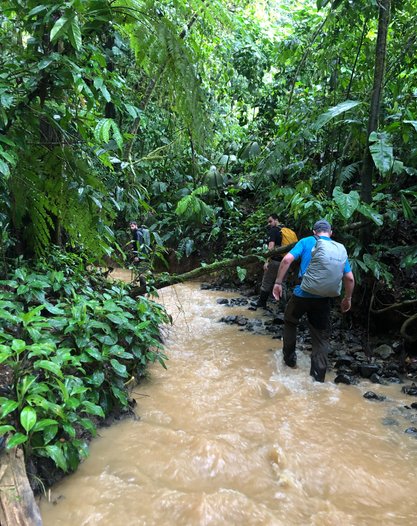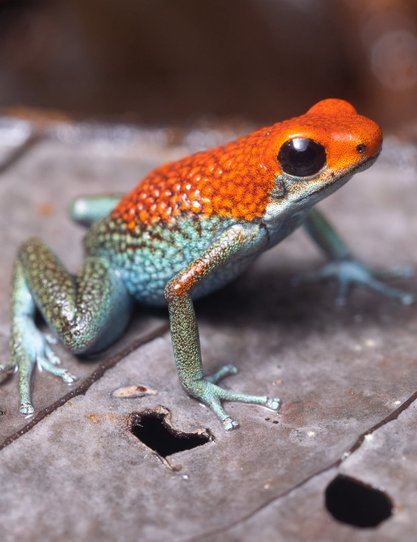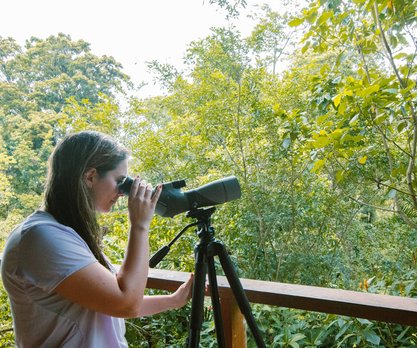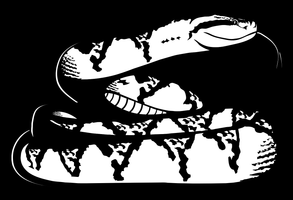VISIT THE PROJECT
Where is it?
The Melanocephala Project is located in Rancho Quemado, a small settlement in the Osa Peninsula 8°41'08.2"N 83°34'05.9"W.
The settlement has several small lodges and restaurants but is generally not a touristic area. It is in the middle of primary rainforests and the scenery on the way over is incredible.
When you arrive at this location, give our local manager Christian a call and he will arrange someone of the local team to come and pick you up.
How to get there?
The Melanocephala Project is situated right in the middle of the Osa Peninsula's connection to the land mass. It is reachable by car from Drake or south of Rincon. Getting there requires an off-road vehicle that can traverse roads in mediocre conditions and (at worst) cross small creeks and rivers.
Staying over!
The Melanocephala Project is situated in the heart of the Osa Peninsula, the most biodiverse region of Costa Rica. Ancient forests provide a home to thousands of species of wild fauna and flora. Parrots, jaguars, opossums, toucans, butterflies, birds of prey, spiders, scorpions, beetles, snakes, lizards and frogs all call this place home.
Anyone can visit the project and even stay the night in one of the associated lodges. Traditional, cheap meals can be found in local restaurants, hiking trails are plenty and naturalists guides are at your disposal to guide you in roaming the forests.
Learn all there is to know about the plants growing in the jungle on a jungle hike, go bird watching, herping or aid students and scientists in their data collection on one of the rarest snakes in the world: the black-headed bushmaster (Lachesis melanocephala).
Price per night/person:
Foreign visitor: $55 (including 3 meals + drinks)
Domestic visitor: $32 (including 3 meals + drinks)
Herping
Field herpers are more than welcome to hop by the project to go look for some of the country's most incredible herpetofauna. The reserve is home to many venomous snake species, such as different colorations of eyelash vipers (Bothriechis schlegelii), fer-de-lance (Bothrops asper), white-tailed hognose pitvipers (Porthidium porrasi) and coral snakes (Micrurus nigrocinctus). Different species of glass frogs, anoles, tree frogs and dart frogs, such as the granular poison frog (Oophaga granulifera) are a common sight.
Of course, there is always the chance of running into the black-headed bushmaster (Lachesis melanocephala), one of the rarest vipers in the world. You can try your hand in finding an untracked individual or join our students and scientists in tracking a tagged individual.
Anyone can go on a day and even night herping tour with the guides of the project.
Price for a herp tour/person:
Foreign visitor: $40*
Domestic visitor: $30*
*Get 50% off of these tours when you stay the night!
Information on tracking bushmasters?
Click Here!
By the way...
Everyone going on a tour or bushmaster tracking activity is contributing to the project!
All income goes straight to the funding of the research effort and thus towards the conservation of the Bushmaster!
Students & Volunteers
Are you a student in any natural sciences study and are you interested in studying the Black-headed bushmaster? In our project it is possible! You can follow internships or conduct your own studies in our Research Center. We can even appoint you a local promotor that can help you and guide you through your work. As our project is connected to the Instituto Clodomiro Picado, even toxinological studies are a possibility.
If you wish to volunteer in the project, follow an internship and/or conduct your own study, send us a motivational letter or an abstract of what you wish to achieve and we'll help you get over here!






